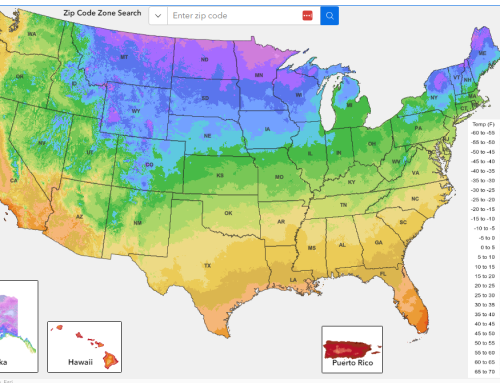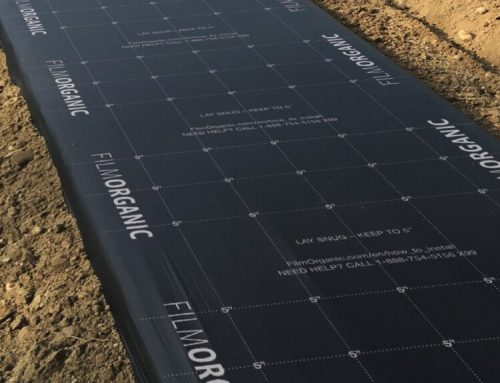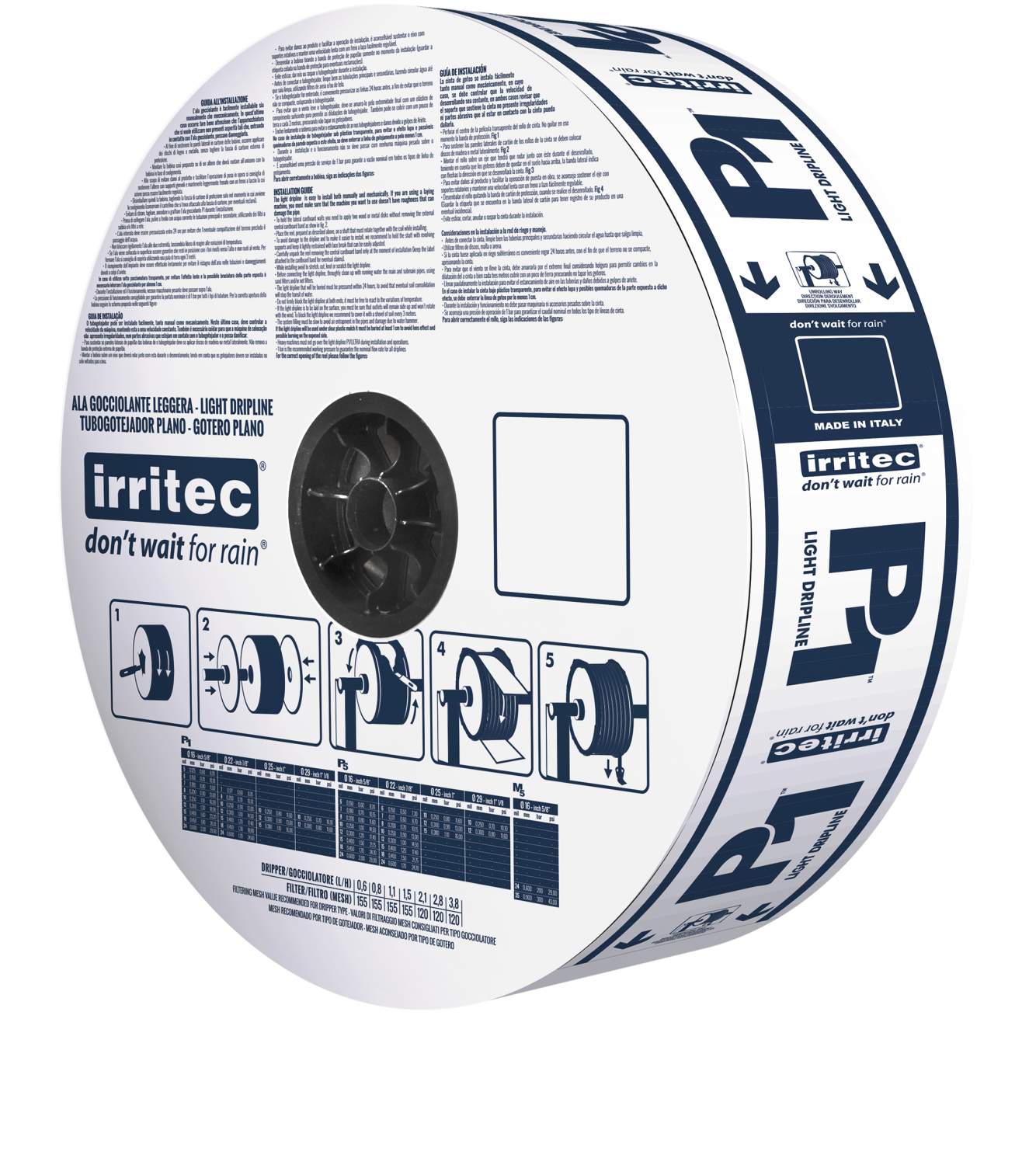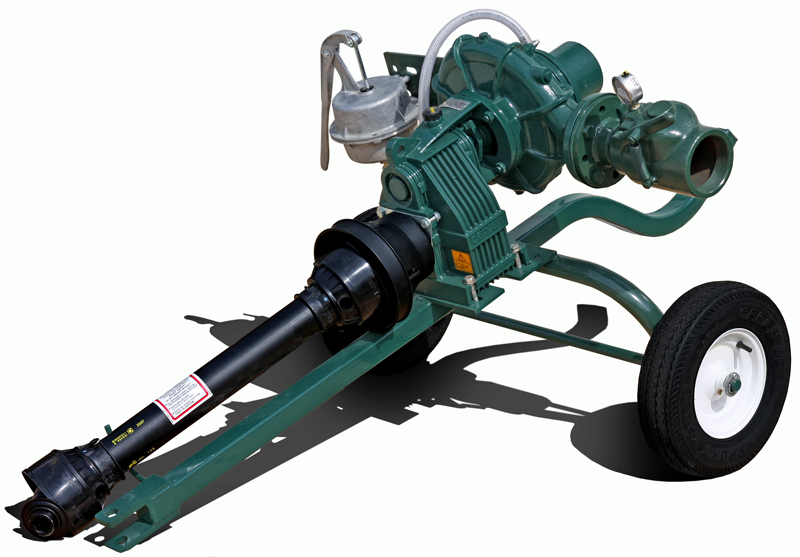Low tech makes cleaner water in Iowa; so what’s stopping it?
The problem – corn (and other crops) love fertilizer (nitrates) and most of the corn fields are equipped with quick drainage tile systems. The net result is a highway that takes leftover, unabsorbed nitrates and transports them directly into streams and other water sources. The resulting contamination makes the groundwater dangerous to humans and livestock without treatment. Farmers are trying to balance the amount of fertilizer they apply with the plant’s ability to absorb the nitrates, but the tendency is to apply more rather than less.
So how can you stop the nitrates before they migrate into the groundwater?
“Nick Helland’s central Iowa farm looks much like every other nearby farm on this chilly March day, with corn stubble stretching from a gravel road up over a low hill to the northern horizon.
But look closely, and you can see patches of muddy ground where a few months ago crews buried low-tech systems called bioreactors and streamside buffers that filter fertilizer-borne nitrates from water as it drains from Helland’s field into nearby Big Creek and eventually the Des Moines River.
The underground devices work. The question is whether one Iowa county’s promising new approach to an old problem can be expanded enough to finally address nitrate pollution that, for years, has endangered drinking water, made more than half the state’s waterways unfit for fish or humans, and fueled a giant dead zone nearly 1,000 miles away in the Gulf of Mexico.”
“Polk County is doing it by making it painless for farmers — handling all the logistics and arrangements for the systems — and throwing in payments of $1,000 per site. Installations have exploded in the past two years, to 104, after only a handful were installed the eight years before that.”
But much like other “solutions” the problem comes down to funding, which directly affects the ability to scale the solution. It appears that this solution works but will we take the necessary steps to apply this solution across the country and follow Iowa’s lead?
Time will tell.







